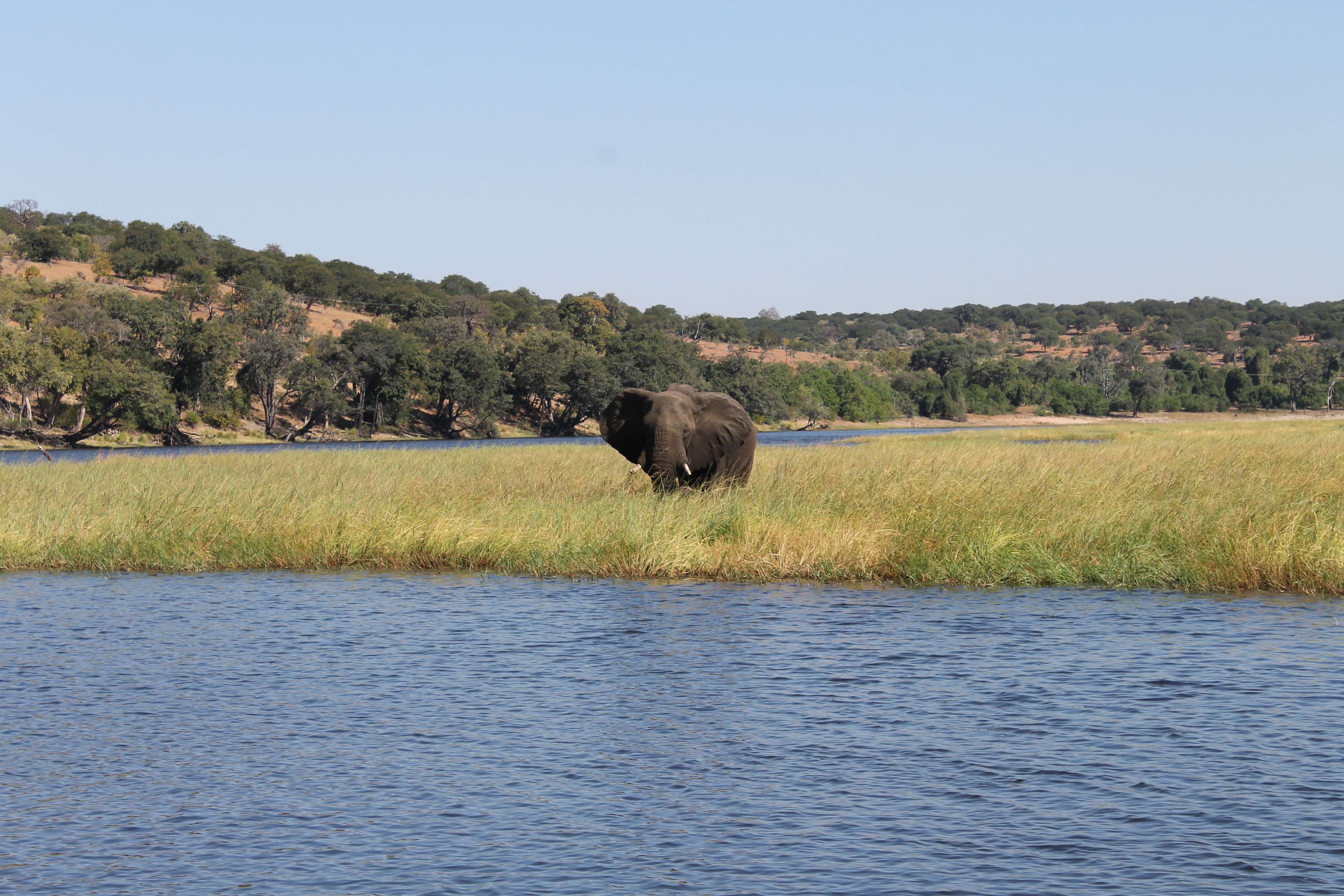
The Zambezi River – Africa’s fourth longest – greatly influences Southern Africa’s energy politics. The river’s power lies not only in its volume, but in its contact with eight riparian states: Angola, Botswana, Malawi, Mozambique, Namibia, Tanzania, Zambia, and Zimbabwe. Tanzania and Malawi are areas from which rain flows into the Zambezi – known as “catchment areas” – but the river does not physically run through them.
While all eight riparian countries benefit from the Zambezi’s potential for renewable energy generation, climate vulnerability may impede the long-term advantages of hydropower. To mitigate this, transboundary governance of shared water resources must reflect climate risk factors to decrease reliance on fossil fuels and energy importation.
The history of hydropower on the Zambezi extends back to the colonial era, and the influence of the colonial era extends to modern development projects. The British colonial administration created the Kariba dam in 1946 to electrify what was then the Northern Rhodesia Copperbelt and Southern Rhodesia while the Portuguese created the Cahora Bassa scheme in the late 1960s to provide domestic power to Mozambique.
In the present day, various commissions and projects reflect the international aspect of the Zambezi, and the multi-nation ownership structure complicates both hydroelectric sovereignty and the push toward localization in international development. The Zambezi Action Plan (ZACPLAN), formed in the mid-1980s, supports cooperation on environment and water management and established the Southern African Development Community’s Protocol on Shared Water Courses. Zambezi Watercourse Commission (ZAMCOM), first signed in 2004, “promote[s] the equitable and reasonable utilization of the water resources of the Zambezi Watercourse as well as efficient management and sustainable development thereof.” And the Zambezi River Authority represents Zambia and Zimbabwe’s co-management of the Kariba dam. While these demonstrations of transboundary water cooperation are positive, development experts must promote multi-national co-operation of the Zambezi while prioritizing the longevity of projects in the face of diminishing water resources.
Juggling Zambezi River hydropower projects’ overlapping issues is a challenge. It is difficult not to take advantage of the significant energy potential of the basin (over 40,000 MW of electricity generation potential as of 2017). Catalyzing this potential could significantly improve electricity access across Southern Africa.
However, as water supply becomes more inconsistent, increased reliance on hydropower is risky. Dams will underperform during droughts, and some cannot handle severe flooding. In addition, large-scale dams, which can emit large amounts of methane and cause downstream flooding, demonstrate that renewable infrastructure isn’t purely environmentally friendly.
The impact of climate change on the Zambezi River and Southern African in general is already prominent and likely to increase. In December 2022, Zambia Electricity Supply Corporation announced that the Kariba dam could generate less than 40% of capacity due to low water levels. River flow reduction and decreased rainfall could deplete the habitats and food resources of fish; lead to water use conflict; and cause a decline in regional services like hydroelectricity generation, fisheries, tourism, and agriculture.
Southern Africa is particularly vulnerable to climate change as its interior warming rate is double the global average. Potential impacts include cyclones (in Spring 2023 Cyclone Freddy caused fatalities and severe displacement), less freshwater availability, multi-year droughts, worse water quality, and water systems’ failure. Lastly, interdependencies between water, energy, and food sources mean that global warming will increase insecurity.
There are various ways to mitigate these issues. First, despite some large hydropower schemes’ methane emissions, hydropower in certain forms is a great method of reducing dependence on fossil fuels. Development practitioners simply need to keep diversification of the energy mix in mind. The Zambian Government strives for universal access to electricity by 2030 by using solar, hydro, geothermal, and thermal energy.
Second, local communities can advise developers about how to use water resources more effectively and prevent funds being wasted on white elephant projects, whose upkeep cost exceeds value. Reaching universal electricity access for riparian states will require energy infrastructure that powers nearby communities, rather than infrastructure that transports electricity hundreds of kilometers from its source to major cities. Long-lasting catalyzation of the Zambezi River’s hydroelectric potential will be a balancing act between institutionalized protection of ecosystems and mobilization of water resources.